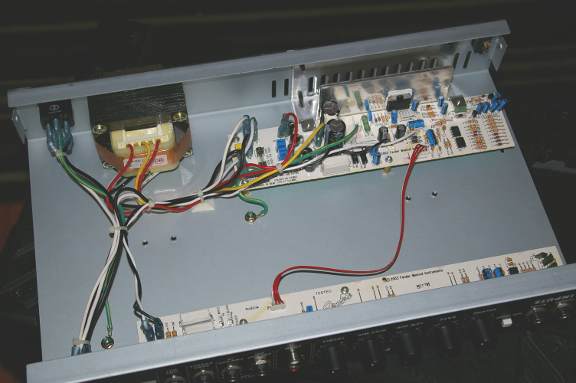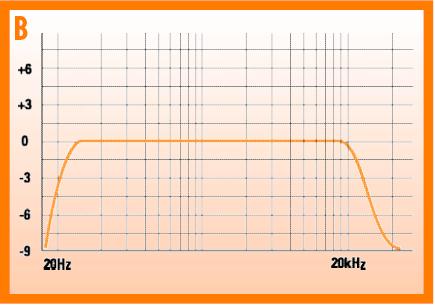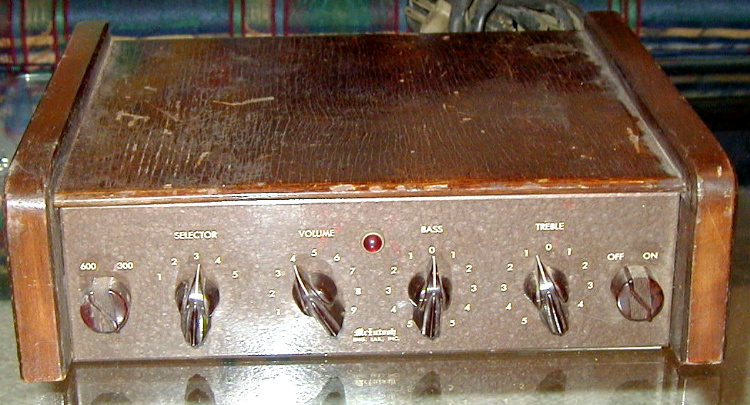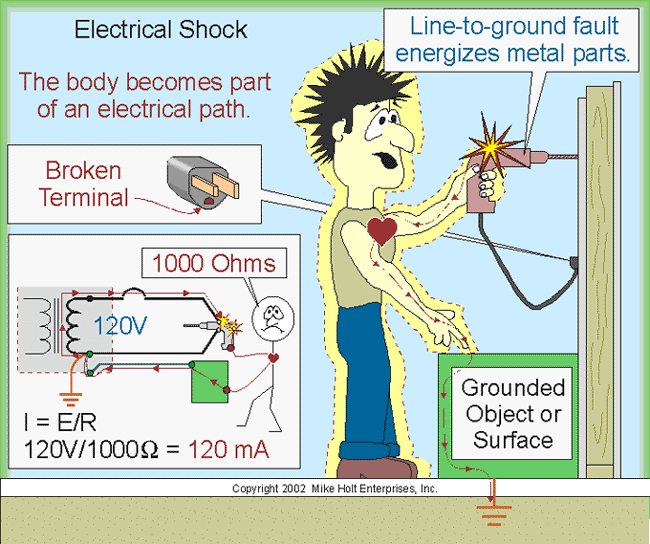I just inherited this
Rumble 60, and I note it seems to have an 8 ohm
Fender Special musical instrument speaker. However, this speaker is actually undersize compared to a regular Fender 12", and seems to be only about a 40 watt speaker.
Note the small magnet.
The cabinet could use reinforcing,
and it looks like I could reinforce corners/edges inside,
seal the box and port too:
Bass Reflex Cabinet w. slot along bottom:
9" deep X 15 3/8" wide x 15 1/4" high (16 3/4" at back) interior box,
= 2140 cubic inches (1.24 ft³, .035 m³ )
with port/slot = 3/4" high x 16" wide, (12 Sq. In.)
and about 7" deep. (84 cubic in. in volume).
On the other hand,
The chassis for the Rumble 60 (at least this one) isn't made of Aluminium! It seems to be
soft steel.
Its solid, rectangular and just about perfect for a small 2-tube push-pull power section.
I'd have to build a separate wood cabinet for it (Marshall-style).

Somebody maybe already got that idea, and sold a chassis on Ebay.
I'm thinking, - now that the Rumble 60 has been discontinued,
and it has gone down from $500 new to about $200 or less used,
it makes a good start-pack for a 'champ' project complete with speaker cabinet!.
I don't know if this speaker would satisfy a guitarist,
but the chassis should satisfy a DIYer!
Okay here's a closer look:

16.5 " wide x 9.75 " deep x 2.75 " (at back. 2.25" front) chassis
______________________________
Recommendations for Amp:
Chuck integrated chip-amp,
and build tube amp on chassis, mount it in separate Marshall-style box.
Ok so the chassis is 16.5" wide (without any sides),
and 10" deep (ignoring transformer bulge and knobs).
I'm guessing a separate 'head' box will be:
(inside: 16.75" x 12" deep (allow for knobs/fuses) x 8" (3" + at least 5"))
Add 3/4" ply (x2) box:
18.25" x 12 (or 13)" deep by 10" high.
You can use the metal speaker-grill (cut) as a front/back grid above the
chassis / knobs, to keep fingers out of front and back, and have
plywood top, bottom and sides.
Carpet (or woodfinish) and corners as desired.
Makes for a sweet looking 60w push-pull head.
------------------------------
Recommendations for Speaker Cabinet:
As it is,
the cabinet has a horrible "honk/peak" on the low E string (G,G#),
and another one about an octave higher (Gb, G, G# smeared).
Its a very uneven bass response, almost unplayable in certain areas of the fretboard!
The four-knob EQ doesn't fix this,- not even in the ballpark.
I'm thinking: put a real 200 watt speaker in it,
seal the port with a plywood block,
maybe add a midrange speaker (in separate compartment) + crossover.
Reinforce cabinet walls with crossbraces,
and foam 3 sides inside to stop standing reflections.
To update:
I've added wheels (a necessity with any amp larger than a 10watt).
Also:
I reinforced the inside with a cross-piece horizontal pine board about
1" thick and 4" wide, edgewise toward speaker-back, cutting back-panel
in half. Screws in sides and back and glue to hold.
I added a 16" piece of 2x4 in bottom, after removing fruity lightshow
panel, right on bottom and right against port-hole inside blocking it:
glued and screwed from bottom/sides (1.5" screws).
Long-screws were used on ends (from side).
I used a spray-can of insulating-foam, filling port, corners and edges all around inside box. Worked well.
I replaced speaker and tested:
The two main resonances were still there, (49 Hz and 98 Hz), but a
little less bad. Much of the cabinent distortion on other notes however
were cleaned up, so this cabinet reinforcement is really worth doing.
I went back to my buddy at
The Speaker Store, asked about a
notch-filter. This was not good news, as the cap/inductor combo would
require 150 mH (HUGE if aircore) and 20,000 - 40,000 uF caps. The cost
was unjustifiable, and the coil was made of unobtainium.
But the good news is my speaker expert recommended
stuffing the cabinet full of quilt-stuffing material to kill all standing waves.
So I gutted a 'comforter/pillow' and stuffed cabinet and replaced speaker:
...FANTASTIC!
The two main resonances were about 80% killed off (still a slight and
noticable peak/resonance but the bass guitar was actually playable and
the notes near the 'resonance' weren't all blended together and
indistinguishable.
Also, the whole bass fretboard was not only playable but sounded musically awesome (especially two-note stuff and octaves)!
Bass Guitar amp went from pure honky crap to sonic bliss.
Pull all your bass woofers, reinforce sides and stuff the box full!
You will be amazed.
Now the amp actually doesn't sound so bad (for a transistor),
although the EQ is still crap.
In an ordinary room (practice, coffeeshops) it seems more than adequate.
Also seems to work good as a small guitar amp (maybe better than as a bass).
Still, speaker seems underpower for useful playing.
I'm now thinking of just adding a tube-circuit (12ax7 etc.) inside the box for an 'overdrive' channel:
You don't have to make a separate 'head' for this, to get a 'tube' sound.
I will get back again on this.
"you mean, you sealed that .75" gap on the bottom of front?
isn't that needed to let the pressure out, so speaker won't blow up? "
Yes I blocked that, to get a smoother frequency response.
No, unless you are pumping ridiculous levels of power into it.
The sealed cabinet should limit the excursion somewhat,
protecting the speaker against physical overload.
I think there is some problems with paper-accordion surrounds (i.e., guitar speakers) handling extreme excursions of bass,
and supposedly the surrounds can tear.
It may be that this speaker (the original equipment) is susceptable to this, if pushed:
It certainly looks rather underrated (small magnet etc.) for a bass speaker.
But I think Fender would have put a speaker in that can handle bass,
since they contract speaker-makers to customize their speaker requirements.
I haven't overdriven it, but no one should with a small cab/speaker like this. Its strictly for practice and coffee-shops.
I was tempted to drop in a guitar-speaker (higher power) but resisted
the temptation, since guitar-speakers are not made for bass-excursion.
I am still tempted to further modify the cab:
That is, put a Karlson-skirt on it to greatly amplify the loudness for a given wattage. If this was done properly,
the amp/speaker combo could probably power a rock-band / bar scene.

























